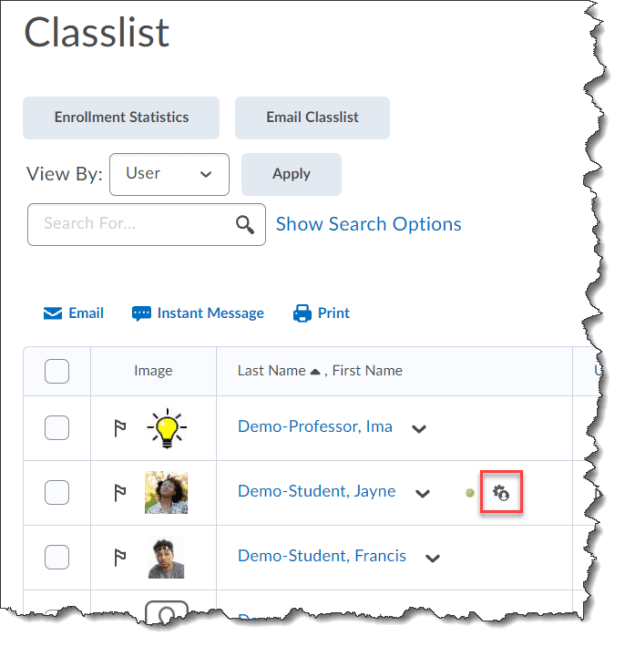This article was originally published on Psychology Teacher Network, the premiere quarterly publication of the American Psychological Association's Center for Education in Psychology. It covers much of the same ground as our workshop of 9 February 2023 — see our wiki for video and resources.
I found out the world was ending about eight weeks before everyone else.
Last September, I started seeing advertisements for an artificial intelligence (AI). No, it wasn't ChatGPT. It was called Jasper. It could write blog posts—so the ads claimed. I did a 5-day free trial in early October.
I had a couple half-finished blog posts lying around. I fed them to Jasper, and the AI finished the job for me. The results seemed plausibly publishable: coherent, grammatically correct, focused, even evincing a wry sense of humor. I scraped together a dozen of my unfinished short stories. Some of these have languished for decades. I fed them to the AI. One after another, they were completed almost instantaneously.
First, I’d been intrigued, then I was impressed, and now I was alarmed. Writing is a special skill, which demonstrates my erudition, to say nothing of my humanity. Now, here’s a machine that can play the same game. I’m still coming to terms with the implications.
Finally, I started wondering about how this might impact teaching and learning. That’s my job, after all. How would this AI handle an authentic college writing assignment?
Since I don't teach classes myself, I asked my immediate supervisor. She shared an assignment from her health psychology class focused on behavioral lifestyle interventions. Students have to pick a book, read it, make connections between their chosen book and a designated journal article, then pick their own journal article from those cited in their chosen book, read that second article, and examine how the book used or abused that information. Finally, the students are required to reflect on whether they will actually implement any of the changes in their own lives.
Did you follow all that? It’s a complex assignment, and my boss considered it “basically cheat-proof.”
I fed this assignment into the AI. The instructions were so lengthy I had to copy and paste them in two parts, but Jasper didn’t blink. The AI generated an essay in mere seconds. The text seemed to demonstrate familiarity with the contents of the book and both journal articles. Remember, the AI had to pick the second article itself. I gave the essay to my boss, and she was astonished. According to her well-defined rubric, this paper was a C-. It was not brilliant. In fact, it was rather thin. But it was passable.
That was early October. I cancelled my free trial before incurring any fees and discussed the whole episode with some colleagues. We agreed the technology was fascinating, but the ramifications for academic integrity commanded our concern. The consensus seemed to be that the services of such an AI would be irresistible for some students. We knew we had to do a workshop on this subject. We knew this was going to blow up.
But we were still taken by surprise on November 30, 2022.
On that date, ChatGPT was unleashed as a free preview. Nearly overnight, it seemed like everyone in academia was talking about artificial intelligence and the end of the world—or at least the end of traditional written assessments.
ChatGPT is an AI product that was developed by OpenAI over the last several years. It’s worth backtracking to understand that OpenAI was founded as a nonprofit in San Francisco in 2015, dedicated to developing AI for the benefit of humanity. They’ve since ditched their nonprofit status and received huge infusions of cash from Microsoft. Developing this stuff is very expensive. One of their key technologies is the generative pre-trained transformer, which is what GPT stands for. Basically, they feed a mind-boggling amount of text to this program, then train it to mimic human language.
GPT has gone through several iterations. OpenAI released GPT-2 in 2019 as an “open source” product, meaning the source code is freely available to outside parties and the general public. That commitment was deemed important enough to give OpenAI its name. However, with the shift to for-profit status, GPT-3 is licensed exclusively to Microsoft.
To summarize, in early 2023, everyone’s talking about ChatGPT, the user-friendly interface (similar to Jasper) that allows people to interact with the GPT-3 model, but that’s just the product of the moment. Future developments and competing products are already apace. Discussions about AI, academic integrity, and the future of writing will continue. It may or may not be the end of the world as we know it. Right now, there are still more questions than answers.
Have you explored ChatGPT? Have you talked with your students about it?
Fun footnote: Upon closer examination, my supervisor and I determined that the journal article Jasper chose for the health psychology assignment doesn’t actually exist. It looks plausible, attributed to an author who publishes similar titles in that field, but it appears the AI fabricated that citation. This lack of factual veracity is a well-documented flaw in current versions of GPT.
















